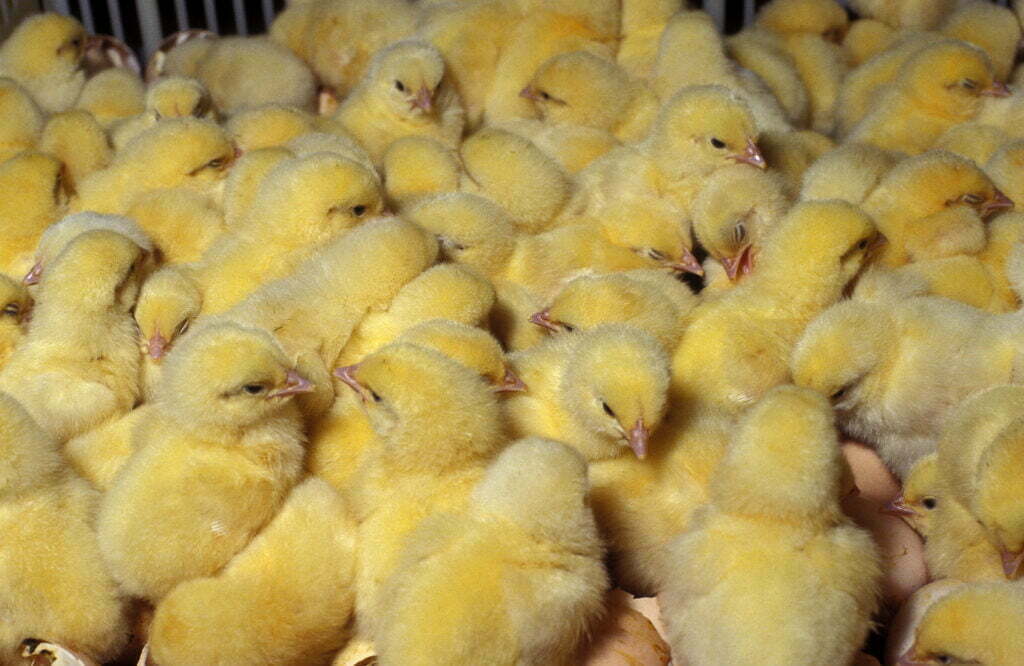Hatchability is the percentage of eggs that hatch successfully, and it is affected by several factors. Here are some of the factors that can influence the hatchability of eggs:
- Fertility: Eggs must be fertilized to develop into a viable embryo. The fertility of the eggs depends on the quality of the breeding stock, the age of the birds, and the mating ratio. A higher mating ratio and younger breeding stock can result in higher fertility rates and, therefore, higher hatchability.
- Egg quality: The quality of the eggs can affect hatchability. Eggs that are too small or too large, misshapen, or have thin or cracked shells are less likely to hatch successfully. Proper handling and storage of the eggs can also impact hatchability, as dirty or contaminated eggs can lead to bacterial infection and reduced hatch rates.
- Incubation conditions: Proper incubation conditions, including temperature, humidity, and ventilation, are critical for the development of the embryos. The temperature should be maintained at around 37.5°C to 38°C, and the humidity should be around 50-55% during the first 18 days of incubation and then increased to 65-75% during the last few days before hatching. Adequate ventilation is also necessary to ensure that the embryos receive enough oxygen.
- Incubator calibration: The accuracy of the incubator thermometer and hygrometer is crucial for maintaining the correct temperature and humidity levels during incubation. It is important to calibrate the incubator regularly to ensure that the readings are accurate.
- Egg turning: Turning the eggs regularly during incubation helps to prevent the embryos from sticking to the shell and promotes even distribution of nutrients and oxygen. Failure to turn the eggs regularly can result in reduced hatchability.
Overall, hatchability is influenced by several factors, and careful attention to breeding stock, egg quality, incubation conditions, incubator calibration, and egg turning can help to improve hatch rates.


